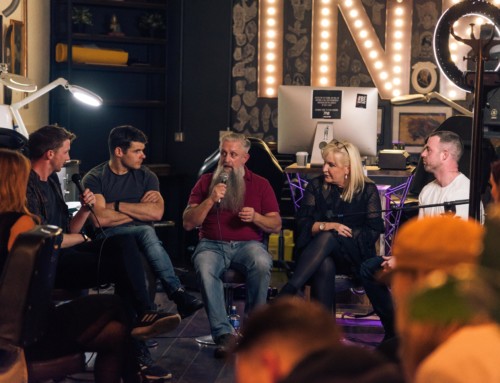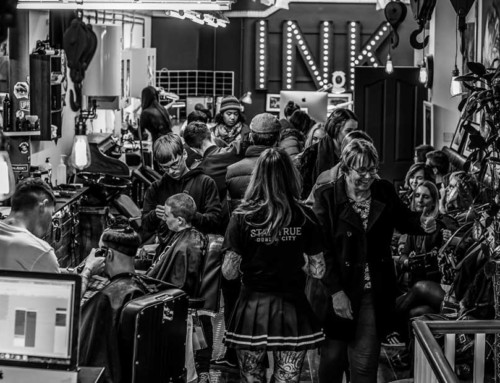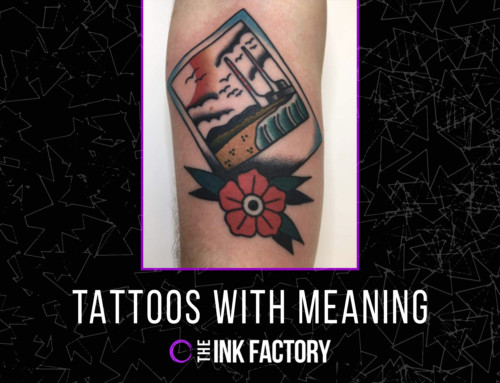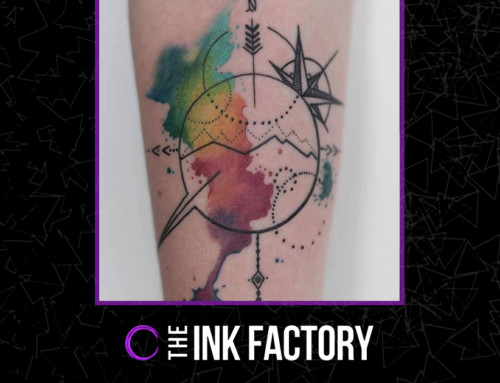The rise of tattooing culture has garnered a huge amount of media attention, inspiring in some instances disdain – and sometimes even terror – but overwhelmingly we’ve seen celebration of its explosive ascent among tech-savvy tattoo enthusiasts. Whatever one’s view, nobody disputes the long history of tattooing in human culture – though the modern term only came into use in the 18th century, being derived from the Tahitian word “tatau,” meaning, “to mark/write”.
The origins of tattooing culture in the western world can be pinpointed to sailors during the days of colonial expansion. From navy men, to those involved in illicit activity in harbour areas, and beyond, tattoos became synonymous with danger. However where once the typical tattooed individual was white, male and working class, we now see a multitude of different people getting inked, and for myriad different reasons. Since the 80s, teenagers, college students and now young professionals have spearheaded the transition of tattoos from often having criminal associations to developing connotations of artistic appreciation and self-expression. This essentially means tattoos can function as everything from stylistic emblems – fashion accessories – to professing anti-fashion statements. The overarching theme of the formation of tattooing as a “culture” is as a means of anchoring the self in an increasingly complicated world.
Mass media has been the biggest driver of tattooing culture’s shift from subcultural to mainstream presence. Starting in 2005 with the launch of the iconic show, Miami Ink, TV shows featuring engaging and charismatic tattoo artists explaining their work have opened up the mystique behind the culture, and made it comprehensible and indeed appealing for a much wider public. At the same time, the popularity of tattoos among footballers have provided a gigantic reach, being exhibited by everyone from media darling David Beckham, to home-grown grafter extraordinaire, Richard Dunne.
Perhaps the single largest shift in perception leading to tattooing culture’s growth has been within the community itself – enthusiasts talk less of “getting a tattoo” and more of “tattooing” as a long-term project, framing the body as a work-in-progress canvas. Return trade and in-depth consultancy services with artists have allowed tattooing to become the sixth fastest growing retail business in the US. In recent years, social media platforms have ushered in a new surge in tattooing culture’s importance. Yet as tattoos become more acceptable and mainstream, there are inevitably reactions to this among more hardcore enthusiasts.
One notable group is neo- (or modern) primitives, who view body modification as a way of reconnecting to primal understandings of life. While their tattoos may look similar to others, neo-primitives identify their tattoos as part of a spiritual experience, and may engage in rituals like mass tattooing sessions timed to moon cycles, chanting, drumming, etc. to exalt the experience.
There are plenty who don’t go so far as to arrange organised rituals but still identify strongly as part of a tattooing community – for whom, in a nutshell, tattoos are the driving force behind their identification as similar to each other, yet different to the wider public.
Different tattooing subcultures are far from mutually exclusive however, being in a constant cycle of inspiration and interaction, and the trend points to greater acceptability of larger and more ambitious, visible pieces. For many, resonating with tattooing culture may be a reaction to capitalist, consumerist culture; against the spiritual emptiness of modern life and the selfsame work fashion so many people are wedded to.




